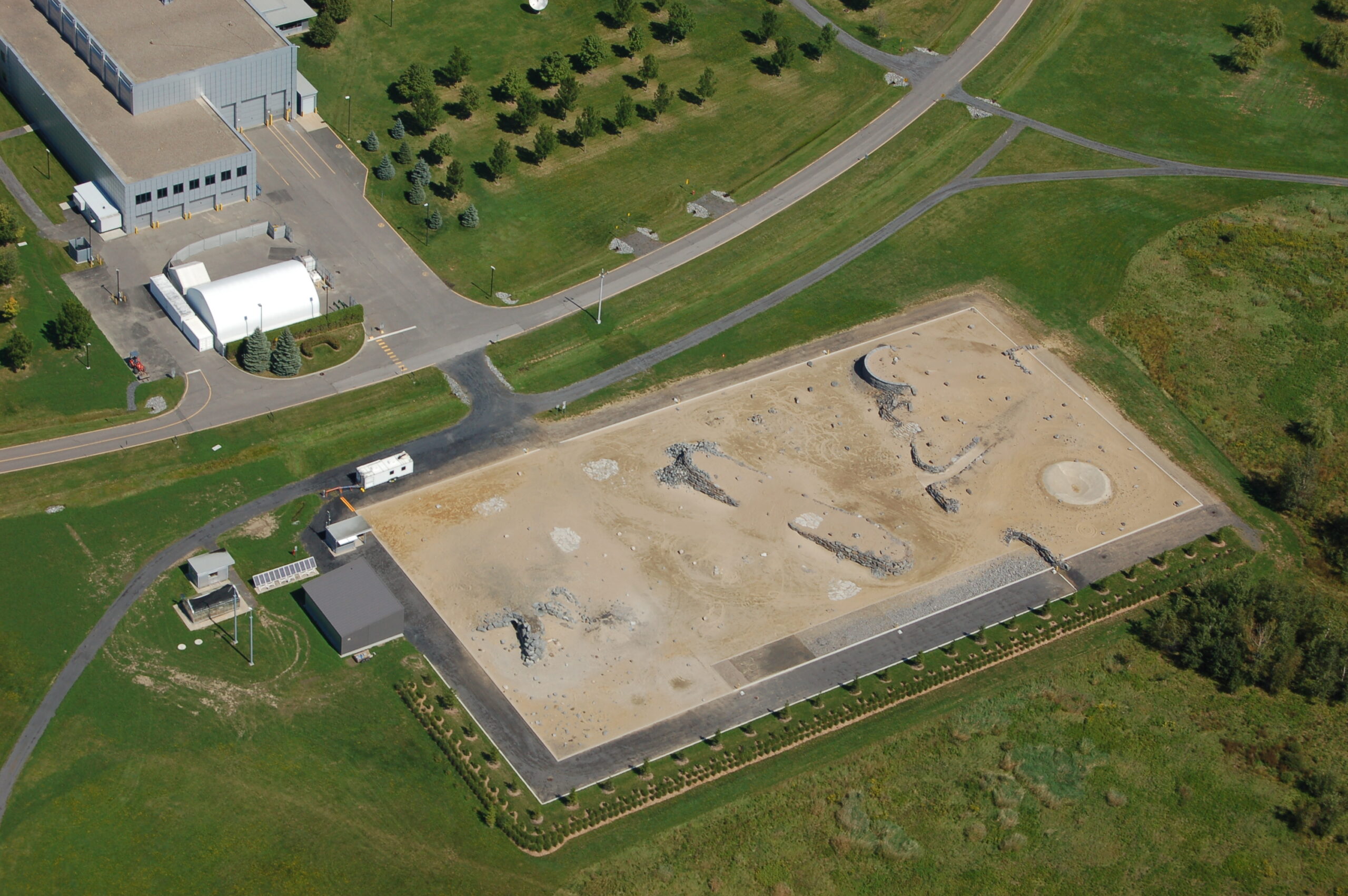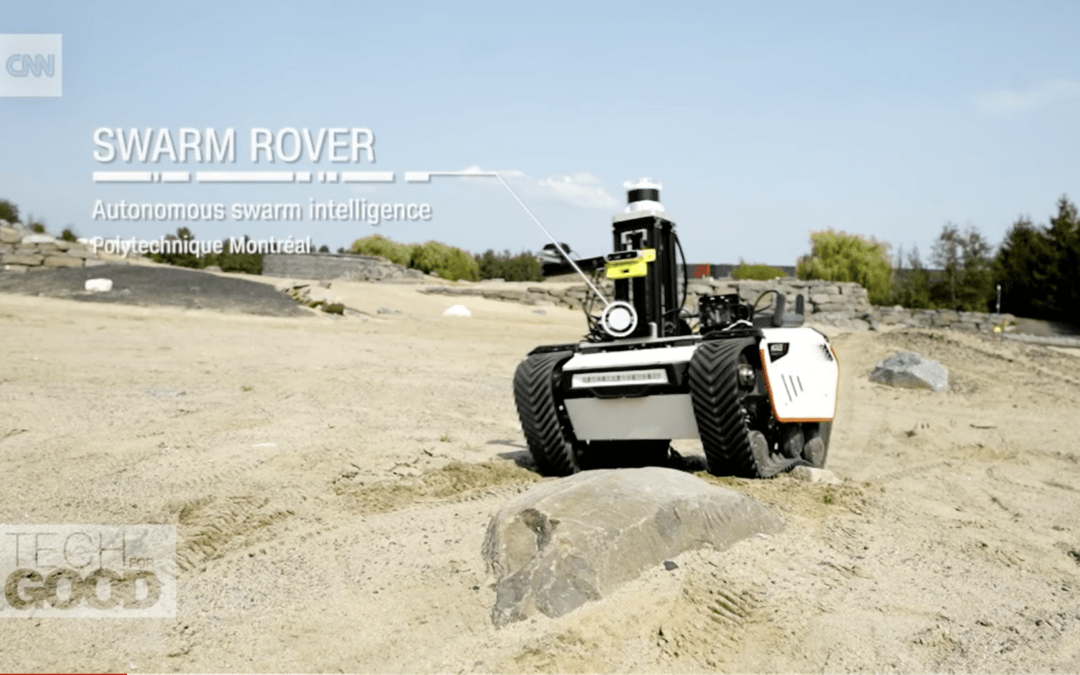By Scott Simmie
There’s nothing quite as satisfying as seeing really good R&D in the field.
And when that research gets coverage from CNN? Well, that’s even better.
The news network just profiled some cutting-edge work being carried out by students at Polytechnique Montréal. Specifically, students who work in the MIST Lab – where that acronym stands for Making Innovative Space Technology.
We’ve profiled the work being carried out there before (you can find it here). Essentially, students are working on innovative robotics research they hope will one day prove useful on the moon and Mars.
“What we want to do is to explore environments including caves and surfaces on other planets or satellites using robotics,” explained Dr. Giovanni Beltrame (Ph.D.), a full professor at Polytechnique’s Departments of Computer Engineering and Software Engineering during our earlier interview. “Caves and lava tubes can be ideal places for settlement: They can be sealed and provide radiation shielding. There’s also a chance of finding water ice in them.”
The research certainly caught our attention – partly because the MIST Lab is an InDro client. We’ve supplied them with platforms and robots which they’ve enhanced with “backpacks” enabling swarm robotics research. Recently, they took a fleet of those connected robots to the Canadian Space Agency’s Mars Yard. The site has been built to replicate the surface on Mars – what’s known as a Planetary Analogue Terrain.
The mission? To have these interconnected robots autonomously map that surface in high-resolution.
Below: The Mars Yard. Photo by the Canadian Space Agency, followed by a pic of some of the robots InDro modified and supplied to Polytechnique Montréal


SWARM ROBOTICS
Fundamental to this research is deploying the robots in a swarm – where the robots carry out tasks autonomously while communicating with each other. In this experiment, they’re mapping that Planetary Analogue Terrain and compiling the data into a high-resolution digital twin.
“We absolutely believe that swarm robotics is the future of space exploration,” PhD student Riana Gagnon Souleiman told CNN. “It’s more efficient to have more robots and you’re less reliant on a single agent failing.”
We’ve written about swarm robotics before (and recently shipped a swarm to a US academic client). But this CNN story provides a full look at what the MIST Lab team has accomplished, modifying the robots with their own “backpack” for creating a local area network and meshing all that data.
In the video, which we’ll link to in a moment, you’ll see several of the 18 platforms InDro can supply. At the Mars Yard, you’ll see a Scout Mini, two Bunker Minis (seen in the photo above) and one Scout 2.0 – all working collaboratively.
The MIST Lab team has done an incredible job with modifying these robots and pulling off what we know is a very difficult mission. Kudos also to CNN for doing an exemplary job in explaining this story.
All set? You can watch the video here.
Below: Some of the MIST Lab researchers in a screen grab from the CNN story


